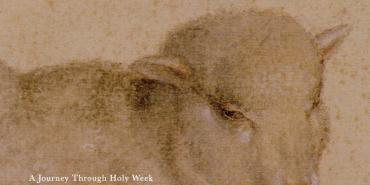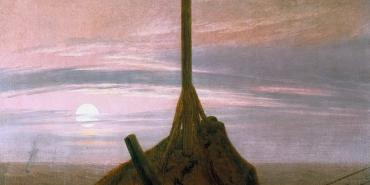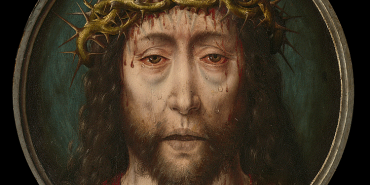Stepping Forward with a Holy Message
The challenges facing the Christian church never end. Many years ago, my grandfather, Harry J. Felter, pastored the Church of the Nazarene in Dover, New Jersey. At that time, Dover was as far as one could go riding the train that took you into New York City (NYC). There might have been points further west that were served by other transportation systems, but the train into NYC began and ended in Dover.
One weekend, I had the privilege of speaking in two cities in that area. One was Brooklyn, New York and the other was Passaic, New Jersey. I was staying in a hotel near Passaic, and with some free time, decided I would visit Dover. I wanted to see where my grandfather had served as a pastor. Knowing him as I did, I knew that he had walked the streets, knocked on doors, and invited people to attend the Church of the Nazarene.
As I drove up and down the main street and some of the side streets, the cacophony of traffic and the thrum of industry obliterated the mystical sounds for which the ears of my soul strained. I was listening for the sound of footsteps. Those of a godly, black-haired preacher, calling the lost to salvation.
I tried to imagine what it was like in his day, and what it must have been that caused the transportation specialists to determine that Dover would be the end of the line.
The thought rang out through the canyons of my mind: Dover—the end of the line.
In the journey that our Lord prescribed for me, I have reached Dover. I have come to the end of the line in my journey as the editor in chief of Holiness Today.
I learned something that beautiful spring afternoon when I visited Dover. I learned that the end of the line is not a hard and fast point in the landscape. It was an arbitrary point that was determined by a variety of factors. The fact that Dover was the end of the line in no way diminished the village or the people who lived there.
Today, a pastor in Dover might likely have congregants from Mexico, the Dominican Republic, and Colombia, as well as the surrounding area. When my grandfather lived there, only about 10,000 other souls called Dover home. Today, just fewer than 20,000 people live, "at the end of the line."
The amazing thing to me is the plethora of opportunities and adventures that await us "at the end of the line." Every day we witness transformation of various hues and shades as people, institutions, even churches reach "the end of the line." Opportunities sprout and are released from the grasp of cold assumptions in the change occurring "at the end of the line."
The season of Pentecost, just celebrated by the church, reminds us that as the church breathes in the wind of the Spirit, and the ruach of God fills the sails, it often sets us free from the moorage of safe harbors. We have not reached the end of the line just yet, only what may look like that. In reality, the wind of the Spirit beckons us in the rhythms of change.
Thank you for reading my scribbles. I have served with gratitude as one in a long line of editors. God bless you, and God save his church!
David J. Felter is editor in chief of Holiness Today.
Holiness Today, May/June 2013
Please note: This article was originally published in 2013. All facts, figures, and titles were accurate to the best of our knowledge at that time but may have since changed.




